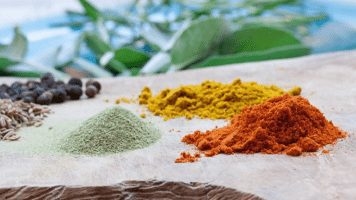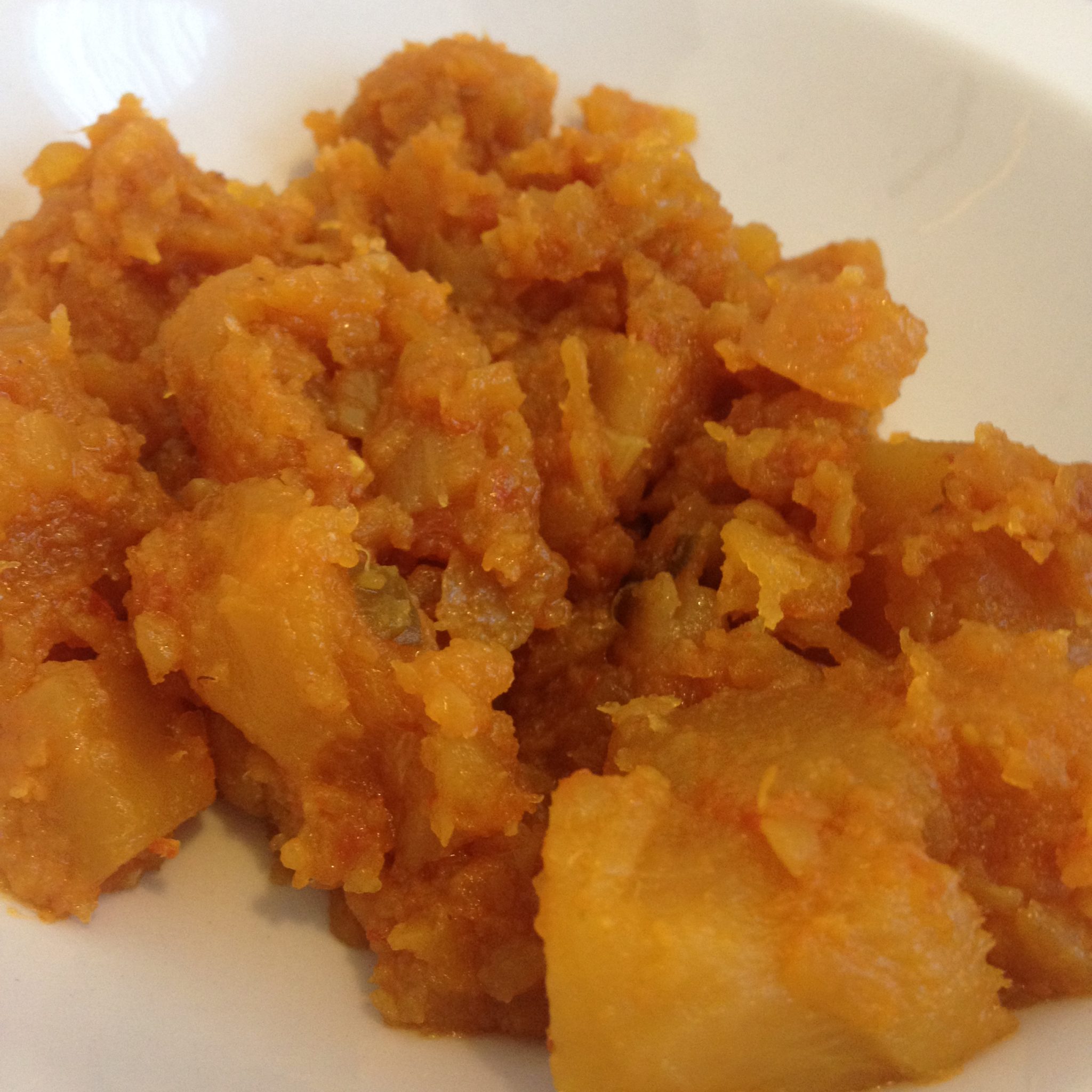
100% Natural & Traditional
We all love a good curry! Whether it’s a mild chicken korma or a spicy lamb jalfrezi, the curry has become a popular dish in the UK. We might buy it from a takeaway or make it ourselves at home, but are we sure they are completely safe? When you buy a take away (in some cases) they will use cheaper ingredients with chemical additives due to cost. Therefore, we heartily recommend you try making it at home.
The best curries contain lots of nutrients which are beneficial to our bodies. It’s also a clever way of eating to ensure our bodies get what they need. We didn’t want to give you a recipe that you use once and never remember, so we have given you the traditional Indian recipe to help you make a good curry.
Basic Base
Ingredients:
- Rapeseed Oil/Olive Oil/Butter
- Onions Chopped (as required – more or less as you experiment)
- Garlic (as required – a few cloves or more as you experiment)
- Fresh Green chillies (1 -8 small chillies, less is better until you work out how much you like)
- Fresh tomatoes chopped (as required – more or less as you experiment)
- Chilli powder (add to taste – depending on spice level – 1kg of meat or veg, 1 heaped tsp is spicy so add less and more as you experiment)
- Ground coriander seeds (I grind the seeds in a mill – but can be bought)
- Turmeric Powder (1/3 tsp as too much is not good)
- Sea salt course (from Morrison’s rock salt we usually buy to ensure no additives – 1tsp add less or more as required)
- Fresh Ginger (peeled and grated – meat dishes only – unless you fancy)
We always prefer to use a stainless steel pan (non-stick surfaces are not recommended as they release harmful chemicals into the food).
Chicken Curry
- Use oil in your pan as required. Add the chopped onions, peeled garlic and fresh green chillies (washed and chopped). Cook this until caramelised on a low/medium heat. Then add ingredients 4-10 all in one go. Cook until simmering and appears something like a pasta sauce.
- Add your chicken (e.g. chopped breast, drumsticks, thighs, mince, whole chicken, wings or any other part). Leaner meat of chicken is the breast, thigh is fattier but tasty and chicken bone gives a different flavour too. Cover your pot at this stage and remember to stir it regularly to ensure it cooks evenly. Cook until the oil comes to the surface (approx. 20-30 mins) and the meat is thoroughly cooked.
- If you want to add vegetables to your chicken curry, add when the meat is half cooked. This ensures the flavour of the sauce and meat seeps into the vegetables.
- When the curry is cooked you can sprinkle coriander over the dish to make it look nice and add more flavour.
Red Meat Curry
- Add all of the ingredients in one go (1-10) and your meat.
- Cook with a lid on, over low/medium heat until the ingredients are indistinguishable and your meat is cooked.
- Cooking will be between 50 to 90 minutes depending on whether you are standing over it.
- Remember to stir regularly to ensure it cooks evenly.
- If you are wanting to add vegetables to your curry, add these again when the meat is half cooked.
Vegetable Curry
This is made in the same way as chicken curry but you don’t have to add the ginger. Prepare the sauce first using ingredients 1-9, then add any vegetables as required.

Tips
i. As you become a curry master you may want to experiment with adding different spices. Try a new spice with a different vegetable. Always add less first until you know it’s a good combo.
ii. If you prefer a moist curry, add water as required when your curry is nearly done.
iii. Ingredients should be used in moderation to prevent negative effects. For example too much salt, chilli powder, spice or turmeric are very bad!
The best curries contain lots of nutrients that are beneficial to our bodies, and are a clever way of eating to ensure we get what we need.
Health Benefits
- Onions
Improves blood sugar regulation, vitamin C function and immune system response. - Fresh Green Chillies
High in vitamin C, improves digestion, improves mood by releasing endorphins, prevents stomach related diseases, and increases immune system health. - Garlic
Contains hundreds of proteins which match our own genetic proteins. Prevents many diseases by distributing these proteins. - Tomatoes
High in vitamin A and C, reduces risk of heart disease, cancer and diabetes. - Red chilli powder
Similar to green chillies this powder is high in vitamin C, improves digestion, improves mood by releasing endorphins, prevents stomach related diseases, and increases immune system health. - Coriander seeds
Aids digestion, a good source of Vitamin C, reduces the risk of diabetes, antibacterial, rich in iron; detox function which removes heavy toxic metals from the body and helps regulate female menstrual cycles. - Turmeric
Prevents oxidative DNA damage, reduces inflammatory disorders, increases brain health and reduces the risk of cardiovascular disease. - Salt
Aids blood sugar regulation, natural anti-histamine, maintains stomach pH, lowers adrenaline spikes, aids sleep, supports healthy weight and metabolism. - Ginger
Improves digestion, prevents nausea, relieves muscular inflammation, relieves joint inflammation, lowers blood sugar, reduces risks of heart disease and helps prevent infection. - Meat
High in protein, rich in iron, zinc, selenium and contains amino acid. - Vegetables
Natural source of water for hydration and innumerable vitamins and minerals.
If you have any questions or queries, please do not hesitate to contact us.



